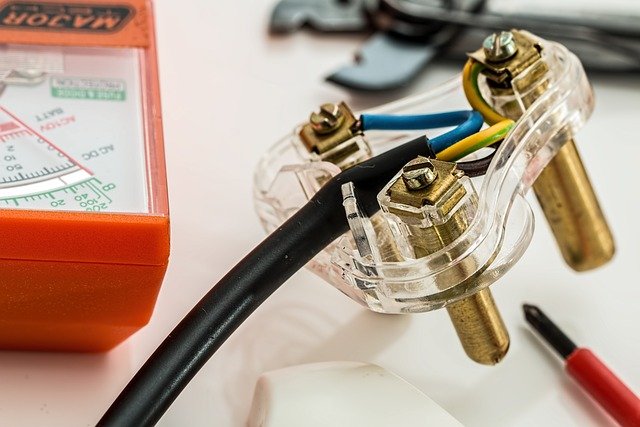Common Tools and Measurement Techniques for New Technicians
This article outlines practical tools and measurement methods new technicians encounter when learning wiring, circuits, and safe installation practices. It highlights essential instruments, how to read blueprints, grounding and conduit basics, and the testing steps commonly taught in classes and apprenticeships.

New technicians entering electrical work need a clear foundation in both the tools of the trade and the measurement techniques that ensure safe, code-compliant installations. This overview covers the instruments and methods frequently emphasized in classes and apprenticeships, from basic hand tools and multimeters to blueprint reading, testing protocols, and routine inspection practices. Emphasis on safety, grounding, conduit routing, and troubleshooting prepares learners for classroom exercises and supervised field work as they pursue certification and practical experience.
Wiring and circuits: what tools are essential
Learning wiring and circuits starts with a few reliable hand tools and a basic understanding of circuit behavior. Wire strippers, lineman pliers, screwdrivers with insulated handles, and cable cutters form the core toolkit for installation and maintenance tasks. Technicians should also become comfortable with installing connectors, running cable through conduit, and identifying conductors by color and labeling. While hands-on practice builds dexterity, classes reinforce how wiring choices influence circuit loads, voltage drop, and the safe routing of conductors to meet code requirements.
Safety and code: how measurements protect people
Safety and adherence to electrical code are central to every measurement and test. Proper personal protective equipment (PPE), voltage verification before contact, and adherence to lockout/tagout procedures are routine. Measurement techniques — such as verifying insulation resistance, checking continuity, and confirming correct grounding paths — reduce risk. Becoming familiar with local services that interpret code and with inspection checklists helps new technicians understand how measured values translate to compliance and safe operation in real installations.
Blueprints and multimeter: how to read and measure
Blueprint reading and multimeter use are paired skills for diagnosing circuits and planning installations. Blueprints show circuit layouts, panel schedules, and conduit runs; technicians learn to translate those drawings into step-by-step tasks. A digital multimeter provides voltage, current, and resistance readings that confirm wiring integrity and component function. Learning proper multimeter ranges, probe placement, and how to interpret readings in the context of a schematic helps reduce errors during testing and troubleshooting exercises taught in classes.
Conduit and grounding: measurement techniques for reliability
Conduit routing and grounding are critical for long-term system reliability and safety. Measuring conduit lengths, calculating bending requirements, and verifying secure fittings prevent mechanical strain on conductors. Grounding checks typically include measuring resistance to earth and verifying continuity from equipment grounding conductors to the system ground. Tools such as clamp-on ground testers and continuity meters, combined with visual inspection of connections, help technicians confirm that grounding and conduit installation meet both functional and code-based criteria.
Testing and troubleshooting: step-by-step approaches
Effective troubleshooting follows a logical testing sequence: visual inspection, verification of power presence, continuity checks, and targeted voltage or current measurements. Using a multimeter alongside non-contact voltage detectors, circuit tracers, and clamp meters speeds diagnosis of faults in wiring, overloaded circuits, or defective devices. Technicians are taught to document test conditions, isolate sections of a circuit, and compare measured values to expected parameters on blueprints or equipment specifications to pinpoint issues without creating additional hazards.
Apprenticeship and certification: applying measurement skills
Apprenticeship programs and certification courses emphasize consistent measurement practices and documentation. Classes typically combine classroom instruction on theory and code with supervised field labs where students perform installations, inspections, and testing. Skill checkpoints often include reading and marking blueprints, performing conduit bends to measured tolerances, using a multimeter for detailed tests, and following formal inspection lists. These experiences build the competencies needed for certification assessments while reinforcing the safety and inspection habits required in professional work.
Conclusion
A methodical approach to tools and measurement prepares new technicians to work safely and accurately on wiring, circuits, and installations. Mastering hand tools, multimeter techniques, blueprint interpretation, conduit and grounding checks, and systematic troubleshooting supports both classroom learning and field performance. Consistent measurement habits and respect for safety and code requirements reduce risk, improve inspection outcomes, and form a practical foundation for ongoing training and certification efforts.






